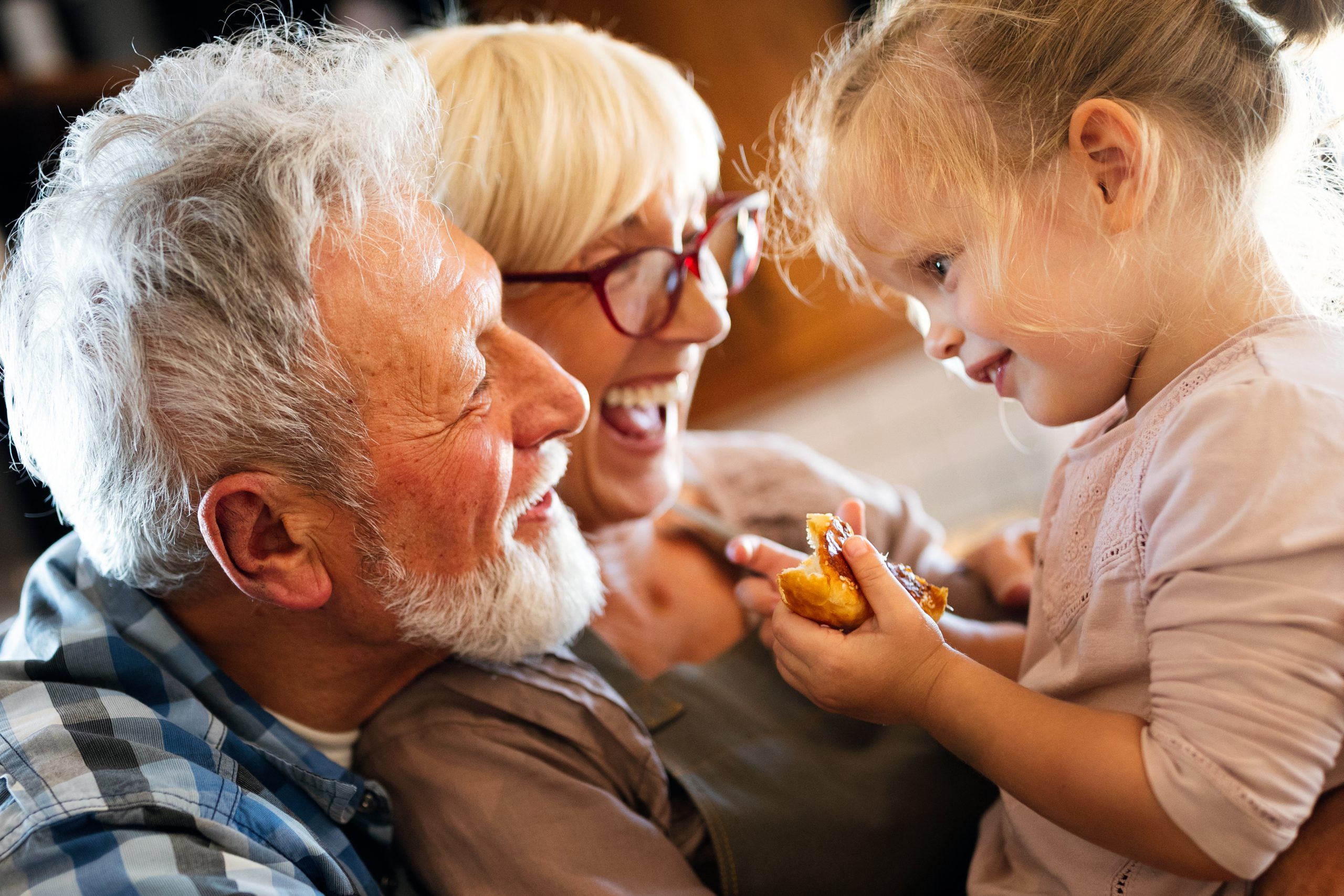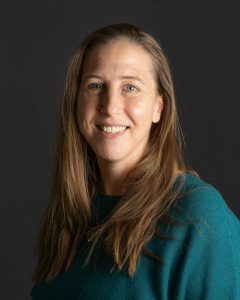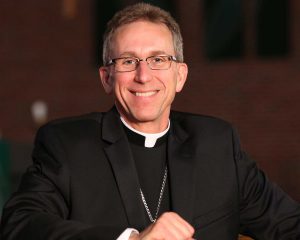
Happy grandparents playing and having fun with their granddaughter
By Alison Conemac
Four years ago, I had the pleasure of applying for the position of Safe Environment coordinator for our diocese. I have worked in Catholic parish and school ministry in other areas of the United States and have seen an array of efforts to grow community culture surrounding child and youth protection. Each diocese desired to increase awareness and protection of those who are vulnerable in Catholic parishes and schools.
During that time, I heard the experience of many who have been harmed by abuse and valued the Safe Environment efforts. I also heard from many people who did not have experience with harm from abuse and found the policy requirements of Safe Environment to be a hassle at best, and insurmountable at worst. I can appreciate that as well.
What I have come to see is that the requirements of frequent training are not merely instruction (although it is this), but more than instruction, it is also a reminder and a cultivation of culture. Let me explain.
Archbishop Gregory Aymond of New Orleans said it beautifully when he was ending his term as chair of the Secretariat for Child and Youth Protection: “Our efforts to right the wrong of sexual abuse and to protect the life and dignity of our children are not just about safety, but about our faith” (USCCB website). What could this possibly mean? Why is Safe Environment not only about safety but also about our faith?
We are all familiar with the scriptural accounts of Jesus welcoming little children. Christ speaks to the Apostles in Matthew’s Gospel and further explains: “Whoever receives one child such as this in my name receives me. Whoever causes one of these little ones who believe in me to sin, it would be better for him to have a great millstone hung around his neck and to be drowned in the depths of the sea” (Mt 18:5-6).
Little ones like children, adults with developmental disabilities, and those sick or homebound have particular vulnerability. Our faith, Christ’s words and the depth of Catholic social teaching speak to the priority the Church places on caring for those in need and those who are vulnerable.

This care means something concrete. I am “preaching to the choir” at this point, and we are all on the same page that care for children and the vulnerable is a priority in our lives. However, what does that look like institutionally? This looks like a prioritization of research-based practices to create common language, culture and expectations, especially surrounding the protection of the vulnerable in our community.
Policies in dioceses throughout the United States look at research findings and references in state law to inform the Catholic value of protecting the vulnerable. So it is in our diocese. To value this informed policy development, the goal is not to increase red tape, but to make real and practical the Gospel call to let the little and vulnerable come to him—to come for healing, to come for protection and to be in an environment that knows how to do that.
It is essential to understand that the repetition of Safe Environment training is not merely about compliance but about our calling; not as retribution for past abuse, but as reverence for our common humanity and the care of those harmed and vulnerable to harm. Safe Environment compliance and reporting that your parish completes each year is not managing risk, but modeling right-relationship—documenting our intentional common culture. It is not merely programs, policies and procedures, but who we are and how we are a family of faith.
We can move from the concept of safe environments to that of faith environments, and realize that our efforts are more than a program with requirements to be checked off on a list. Faith environments implement practical steps to be environments of healing for those who have been harmed, safe for the vulnerable, and modeling right-relationship.
If Archbishop Aymond is correct, it’s crucial to remember that “all that we do as Church to respond to those suffering the pain of abuse; to protect children and youth; and to promote right relationships models the Gospel message of Christ.”


